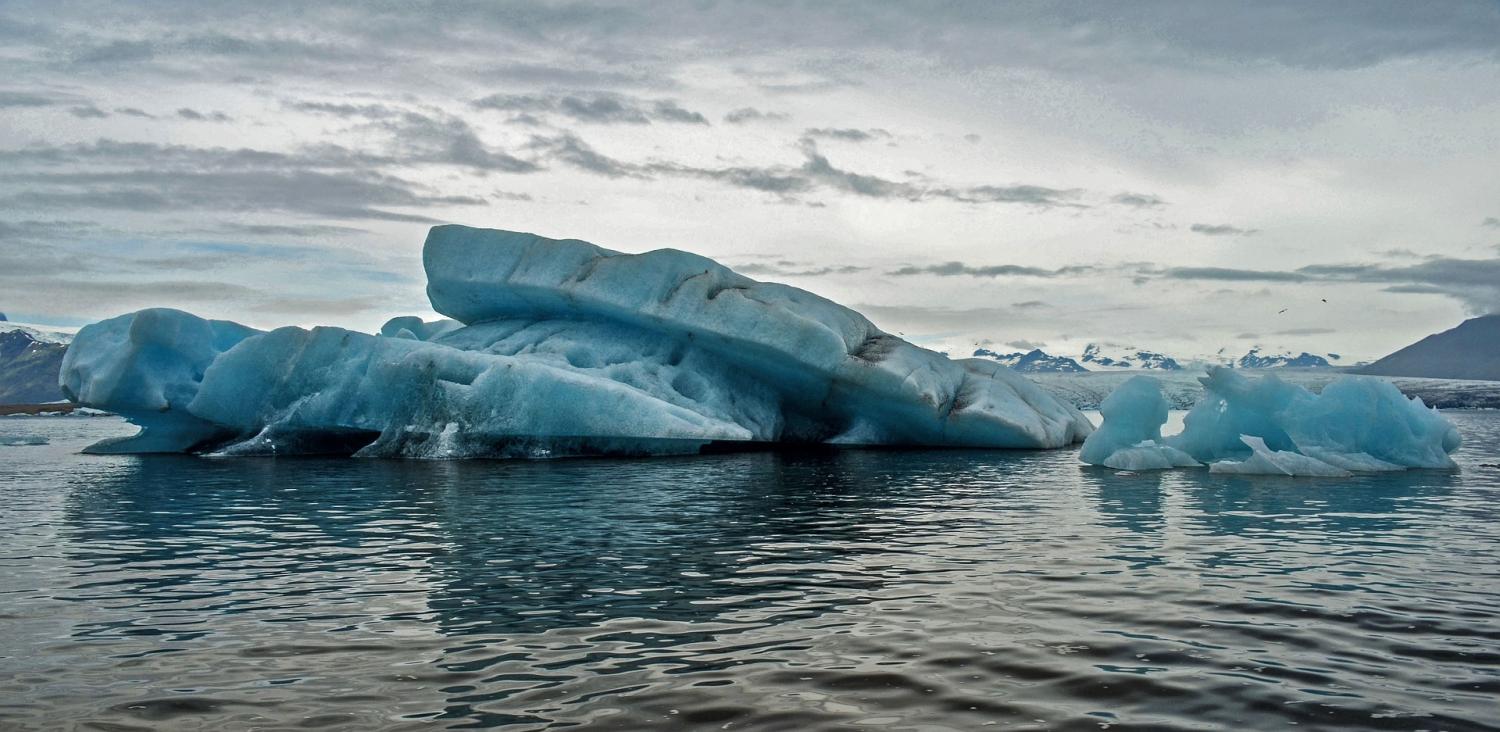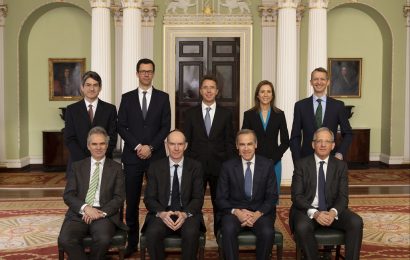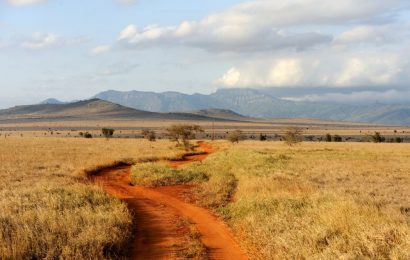Ever since 1906, the global average surface temperature has increased by more than 1.6 degrees Fahrenheit (0.9 degrees Celsius) and even more in sensitive polar regions and the effects of global warming are appearing right now.
The heat is melting glaciers and sea ice, shifting precipitation patterns, and setting animals on the move. So basically, the planet is warming, from North Pole to South Pole. Currently,researchers look into the future of the far North for clues to save species and maybe even bring back sea ice, but is such a thing possible?
What actually is global warming?
Some of the many consequences of global warming, like sea level rise, more frequent and severe heat waves, growing wildfire risks, and an increase in extreme weather events were once largely preventable, but now they immediately need to be acted upon, but we first need to understand what this concept of global warming actually is.
Although many people think of global warming and climate change as synonyms, scientists prefer to use “climate change” when describing the complex shifts now affecting our planet’s weather and climate systems. Climate change includes not only rising average temperatures but also extreme weather events, shifting wildlife populations and habitats, rising seas, and a range of other impacts. All of these changes are on the rise as we all continue to add heat-trapping greenhouse gases to the atmosphere.
How does global warming happen? What is the process?
These greenhouse gases we’ve mentioned earlier – more specifically, carbon dioxide, methane, nitrous oxide, tropospheric ozone, and CFCs, allow shortwave radiation from the sun to pass through the atmosphere and warm the Earth’s surface. The energy that then radiates out from the surface, longwave radiation, is trapped by the same greenhouse gases, warming every form of life, from the air, oceans, and land.
This process that leads to the creation of the greenhouse effect itself isn’t a bad thing. In fact, Earth could never have become warm enough to sustain life without it.
The moment it all started to take a wrong turn was about in the late 18th century when the advent of fossil fuels set off a chain reaction. What happens is that when coal, oil, and natural gas are burned, they release enormous amounts of greenhouse gases — especially carbon dioxide, or CO2, which is by far the most prevalent.
The gases add up much faster in the atmosphere than natural processes can absorb them, and thereby wreak havoc on Earth’s complex climate system. After the Industrial Revolution changed everything from goods manufacturing to land use to lighting and heating methods, fossil fuel combustion increased at an alarming pace and after that we’ve seen a huge growth for the vehicle market, which now join coal-burning power plants as one of the top emitters of greenhouse gases.
Adding to that the massive population growth and the effects of large-scale deforestation and industrial agriculture, the widespread combustion of fossil fuels has made greenhouse gas concentrations in the atmosphere climb to levels never seen before in the more than 200,000-year history of the human subspecies.
Humans have added so dramatically to the atmospheric blanket of greenhouse gases that the greenhouse effect that first made life possible now threatens the world as we know it.
What are the future effects of global warming? Could it be reversed?
Greenhouse gas concentrations and global temperatures will not increase indefinitely. Today’s carbon dioxide buildup and warming trend must eventually top out and then reverse as the atmosphere gradually recovers. The first stage of this process will occur when the rate at which we burn coal, oil, and natural gas levels off and then declines, either because we switch to alternative energy sources soon, or because we run out of affordable fossil fuels later.
As a result, CO2 concentrations in the atmosphere will also eventually peak and then decline. This, in turn, will cause a series of linked environmental responses in which other currently rising trends reverse one by one in a “climate whiplash” phase that follows the lead of our carbon emissions.
Where will the carbon dioxide go? Will a clean up ever occur?
In order to work out the timing of the global warming and whiplash processes in more detail, one must consider where CO2 goes after it’s exhausted through pipes and such. Some of it will be taken up by soils and organisms but most of it will dissolve into the oceans, with between two thirds and half of our emissions perhaps going into solution during the next millennium or so, at least that what some theories say.
- The cleanup process after global warming
In many computer simulations, maximum ocean acidification lasts 2000 years or more, depending on the amount of CO2 we emit in the near future. Marine species living in the polar regions and deep sea basins and trenches will be the most rapidly and severely impacted because the solubility of such gases is greatest in cold waters. But after the seas have absorbed as much CO2 as they can, roughly a fifth of our fossil carbon emissions will still be left adrift in the air.
The next stage of this cleaning up phase will be taking place a whole lot slower.
As the CO2 in the atmosphere dissolves into raindrops, the carbonic acid that it produces will react with calcite and other carbonate minerals in rocks and sediments. Over thousands of years, those geochemical weathering processes will transfer many of the formerly airborne carbon atoms into groundwater and runoff, finally delivering them to the oceans in the form of dissolved bicarbonate and carbonate ions. During this time, carbonate-rich deposits on the sea floor will experience similar reactions with overlying seawater as the oceans become more acidified.
These processes are expected to dominate the long-term recovery for about 5000 years or so.
But not even this lengthier phase won’t remove the very last fraction of our carbon pollution. Only tens of thousands of years later, or possibly even hundreds of thousands if we burn most of our enormous coal reserves, the last remnants of our CO2 will finally be scrubbed away by even slower reactions with resistant silicate minerals, such as the feldspars found in granite and basalt.
The intensity and duration of the warming peak and recovery will depend upon choices we make during this century. If we switch to carbon-free energy sources during the next several decades, then approximately 1000 gigatons of fossil carbon will have been released into the atmosphere since the start of the Industrial Revolution (1 gigaton = 1 billion tons).
In the situation where the climate whiplash phase that follows this relatively moderate scenario, global mean temperatures are likely to climb 2–3°C higher than today by the years 2200–2300 AD, then enter a cooling recovery phase lasting as much as 100,000 years.
On the other hand, in a more catastrophic scenario if we burn through all the remaining coal reserves before switching to alternative energy sources, then a far more extreme scenario will result. In one computer simulation of what could follow a 5000 gigaton emission, airborne CO2 concentrations reach 1900–2000 ppm, roughly five times greater than today, by 2300 AD.
Global mean temperature jumps 6–9 °C above today’s average and remains artificially high for much longer than it does in the more moderate scenario, with the warmest part of the broad maximum lasting from 3000 AD to 4000 AD. Atmospheric CO2 concentrations and temperatures then fall relatively steeply for several thousand years after the peak and whiplash phase, but they don’t return to today’s levels for at least 400,000 years. All land-based ice eventually melts, raising sea levels by as much as 70 meters until the world cools enough for large polar ice sheets to form again, roughly half a million years from now.
It’s time to take measures for combating global warming
Projections of what will happen if we continue on our present course paint a stark picture of the future. And, in fact, global warming constitutes the greatest threat that has ever faced humanity. But it’s not too late to act swiftly to save it from this terrifying scenario.
Slashing our carbon dioxide emissions is absolutely essential for fighting climate change in the long term, and cutting down immediately on emissions of black carbon and methane, which remain in the atmosphere for much shorter time periods than CO2, is a way to buy ourselves time to perfect other strategies.
Solutions must be enacted individually, locally, nationally, and internationally if we want to curb the emissions that cause global warming in order to save millions of species (including our own).




